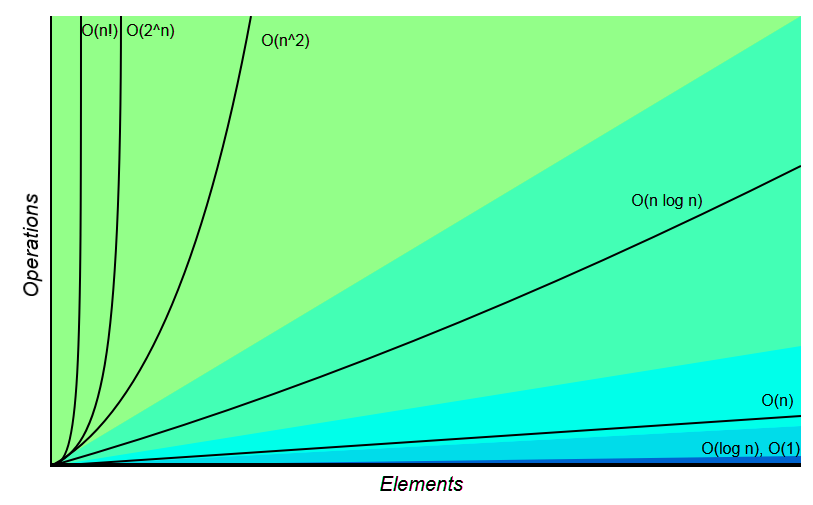In most cases, indexes are variations of the B-tree data structure. Invented by Rudolf Bayer and Ed McCreight in 1971, while they were working at Boeing research labs, the B-tree data structure allows for searches, sequential access, inserts, and deletes to be performed in logarithmic time. The logarithmic time property stands for both the average case performance and the worst possible performance, and it is a great property when applications cannot tolerate unexpected variations in performance behavior.
To further illustrate how important the logarithmic time part is, we will show you the Big-O complexity chart, which is from http://bigocheatsheet.com/:

In this diagram, you can see logarithmic time performance as a flat line, parallel to the x axis of the diagram. As the number of elements increases, constant time (O(n)) algorithms perform worse, whereas quadratic...




































































